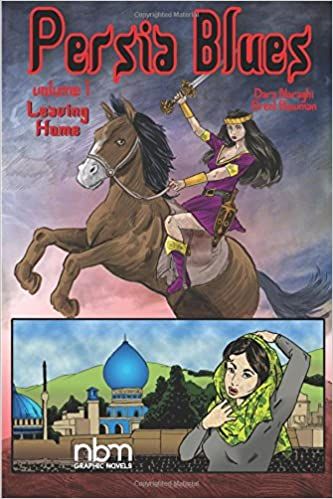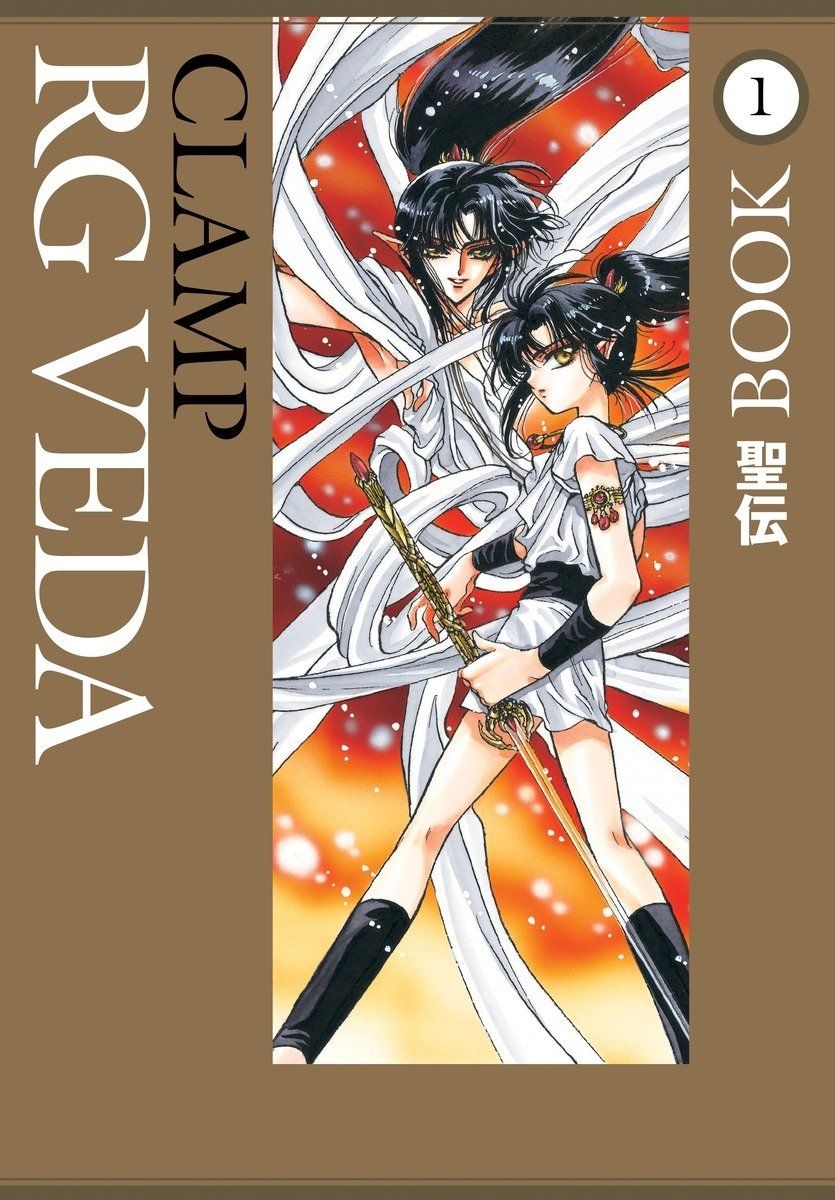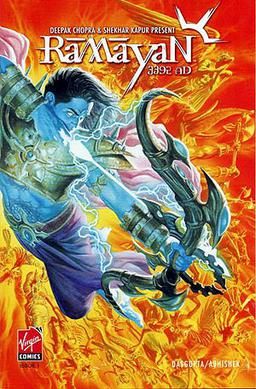P: Popul Vuh
Q: Queen of Heaven
R: Ryujin (Ryu-o)
S: Shatrughan
T: Tengu
See. It’s out there. You just have to put in the time to look. Y’all don’t have that time; that’s why you have me. Then again, maybe balance and peace are to be found where worlds collide… RG Veda, CLAMP’s first traditionally published manga is, at best, very loosely based on the Rig Veda—so come for the adventure and stay for the excellent hair and sartorial decisions, but if you want a working knowledge of the Rig Veda, you’re going to need to go read the Rig Veda. What you will get in the manga, however, is a mythologically connected (and also hilarious) incarnation of the Ryujin or The Dragon King. Who is conveniently named Ryuu. In the west, dragons are traditionally linked with hoards and fire and eating knights. In the Middle Ages, they were often stand-ins for demons or even for the Devil. In China, Japan, Korea, Vietnam, and some other Asian countries, however, dragons are associated with water and tend to be of more helpful and protective disposition though that’s by no means universal. Some scholars believe that the Dragon King is originally an Indian deity who was “imported” to Japan by way of China. As in India, Ryujin is a sea god and master of serpents; he represents the duality of the oceans, both its dangers and its possibilities, death by storm and medicine to be found in the waves, salt water and fresh. In RG Veda, Ryuu must prove his worthiness to ascend to the throne by diving into primordial waters and retrieving a sword named Dragon Fang. Dragon Fang is the key to a door that keeps the sea monsters from destroying all life in the realm. After retrieving the sword, Ryuu must find another way to lock the door before returning to the surface; just as Ryujin was said to protect the island nation of Japan, so too will Ryuu protect his land from the creatures of the deep and the changeable sea. Shatrughan features in the actual Ramayana as Rama and Lakshmana’s youngest brother. According to some he is part of Manifest Vishnu and “Shatrughan” appears as the 412th name of Vishnu in the Mahabharata. In the comic, Shatrughan retains his place as Rama’s youngest brother and a proud, capable warrior, but they live on a continent called Aryavata, one of two land masses that still has human settlements after a nuclear holocaust. The council that rules the primary city sends Rama and Lakshmana as representatives to a peaceful region Shatrughan and a fourth brother go to quell unrest elsewhere. Things, as so often the case in comics, go awry for everything because if things proceeded nicely, there wouldn’t be much of a story. While some tengu have more human appearances, others are more bird-like (think Tokoyami vs. Hawks—and if you click on that Hawks link watch out for S5 spoilers, I AM NOT KIDDING). In Toritan, Inusaki, a private detective by trade and neighborhood jack-of-all trades by necessity, can speak to and understand birds. Even so, he’s understandably confused when he finds himself crushing on a crow, and his landlady’s son, who happen to have the exact same voice…Thus far, he’s appeared as either fully human or fully crow. Will we see him in-between? What will Inusaki think if he goes full tengu? I suppose we’ll find out in March when Vol. 2 comes out… Who know’s how far we’ll go.




